Home>Garden Essentials>What Do Strawflower Seeds Look Like
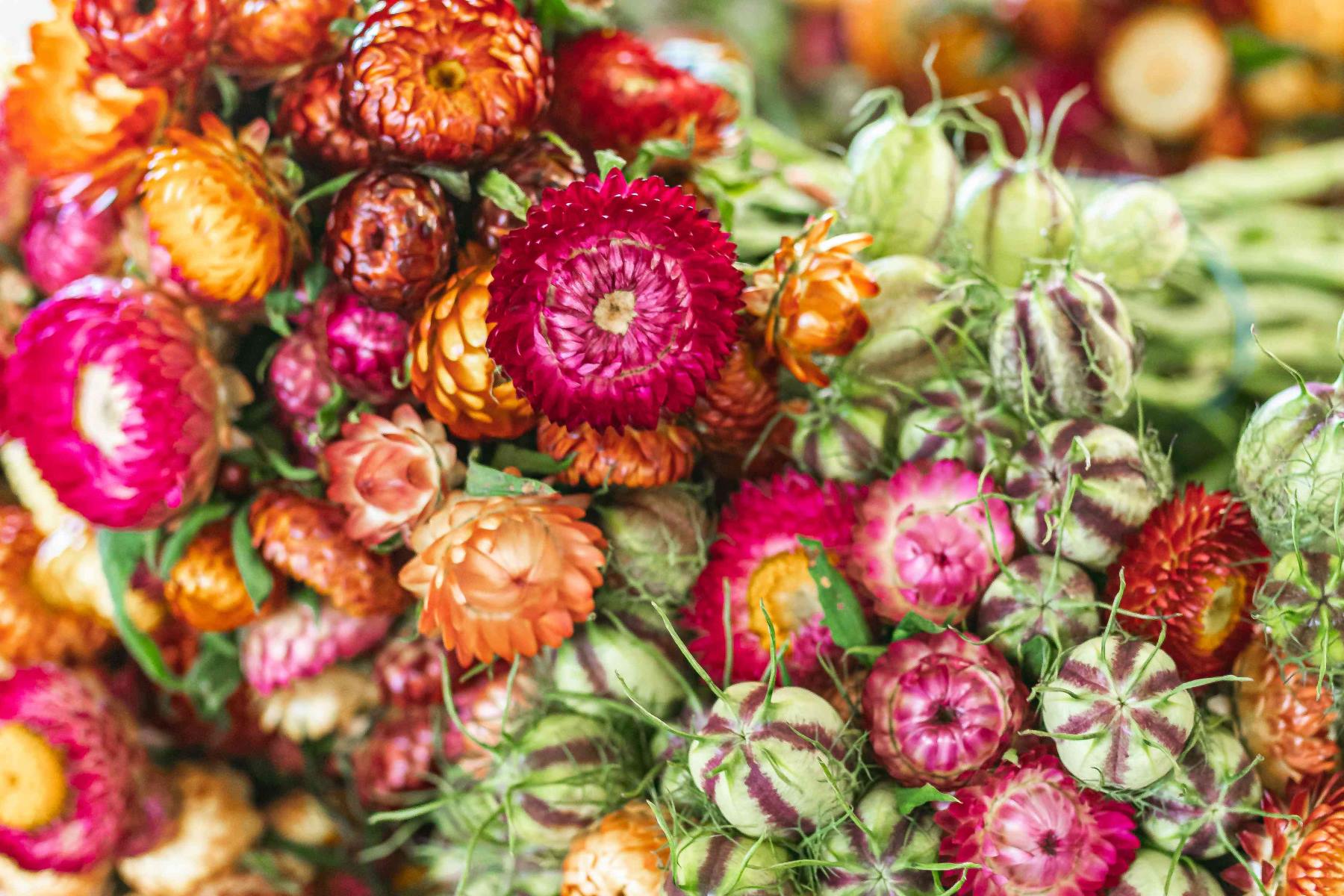

Garden Essentials
What Do Strawflower Seeds Look Like
Modified: March 16, 2024
Discover what strawflower seeds look like and how they can enhance your garden. Explore our comprehensive guide to strawflower seeds and bring beauty to your outdoor space.
(Many of the links in this article redirect to a specific reviewed product. Your purchase of these products through affiliate links helps to generate commission for Storables.com, at no extra cost. Learn more)
Introduction
Welcome to the wonderful world of gardening! Whether you’re a seasoned gardener or just starting out, discovering the beauty and diversity of different plants is always a thrilling experience. One plant that is sure to capture your attention is the strawflower.
Known for its vibrant, long-lasting blooms, the strawflower (Xerochrysum bracteatum) is a popular choice among garden enthusiasts. But have you ever wondered what the seeds of the strawflower look like? In this article, we will explore the fascinating world of strawflower seeds, their characteristics, and how to grow them successfully.
The strawflower is a member of the Asteraceae family and is native to Australia. It is a perennial plant that can also be grown as an annual in colder climates. The flowers of the strawflower are unique in that they retain their color and shape even after drying, making them a prized addition to dried floral arrangements and crafts.
Now, let’s delve deeper into the intriguing world of strawflower seeds and discover their distinct characteristics, colors, shapes, sizes, textures, as well as the process of germination and how to harvest and save these precious seeds for future plantings.
Key Takeaways:
- Strawflower seeds are small, oval-shaped capsules with smooth, glossy surfaces. They come in various colors and can remain dormant until the right conditions for growth are met, making them resilient and full of potential.
- To grow strawflower seeds, provide warm temperatures, consistent moisture, and well-draining soil. Harvest and save the seeds after the flowers have dried out, and store them in a cool, dry place for future plantings.
Read more: What Do Salvia Seeds Look Like
Description of Strawflower Seeds
Strawflower seeds are small, oval-shaped capsules that contain the potential for new life. They are the starting point for the growth and development of the vibrant and beautiful strawflower plants. These seeds are produced when the strawflower plant goes through its flowering stage and the flowers begin to wither.
When you examine a strawflower seed up close, you’ll notice its intricate details. The outer surface of the seed is smooth and slightly glossy, which helps to protect the delicate embryo inside. The color of the seed can vary depending on the variety of the strawflower plant, but most commonly, it is a light brown or tan shade.
The seeds of the strawflower are relatively small, typically measuring around 2-3 millimeters in length. Despite their small size, each seed carries immense potential for growth and can give rise to a new strawflower plant that will bloom with eye-catching vibrant flowers.
One interesting characteristic of strawflower seeds is their ability to remain dormant for extended periods. This means that they can remain in the soil without germinating until conditions are favorable for growth. This allows the seeds to survive through unfavorable seasons and sprout when suitable moisture and temperature conditions arise.
When properly cared for and provided with the right growing conditions, strawflower seeds hold the promise of a bountiful harvest of colorful and stunning flowers. In the next sections, we will explore the different colors and shapes of strawflower seeds, providing you with a deeper understanding of their visual characteristics.
Characteristics of Strawflower Seeds
Strawflower seeds possess several distinct characteristics that make them unique and captivating. Let’s take a closer look at the different aspects that define the appearance and nature of these seeds.
Color and Shape:
Strawflower seeds come in various colors, ranging from light beige to dark brown. The color of the seed is dependent on the variety of the strawflower plant, with each variety showcasing its own unique hue. Some seeds may even have specks of different colors, adding to their visual appeal.
In terms of shape, strawflower seeds are typically oval or oblong, resembling miniature teardrops. This shape is designed to optimize their ability to be dispersed and establish new plants in the surrounding environment.
Size:
On average, strawflower seeds are relatively small, measuring around 2-3 millimeters in length. However, it’s important to note that the size can slightly vary depending on the specific variety of the strawflower plant. While they may be small in size, these seeds contain all the necessary genetic information to produce stunning flowers.
Texture:
The outer surface of strawflower seeds is smooth and slightly glossy. This texture not only contributes to their aesthetic appeal but also helps protect the fragile embryo within the seed. The smooth texture allows the seed to glide through the soil during germination, aiding in successful sprouting and root development.
Dormancy:
One fascinating characteristic of strawflower seeds is their ability to remain dormant until conditions are conducive to germination. This dormancy enables the seeds to survive unfavorable climates and wait for the right combination of moisture, temperature, and sunlight to stimulate growth. Once the optimal conditions are met, the seeds will awaken from their dormant state and begin the process of germination.
Understanding the diverse characteristics of strawflower seeds not only adds to our appreciation of the plant but also aids us in successfully cultivating them. In the following sections, we will delve into the processes of germinating strawflower seeds and how to harvest and save them for future plantings.
Colour and Shape of Strawflower Seeds
The colour and shape of strawflower seeds are distinct features that contribute to their uniqueness and visual appeal. Let’s explore these characteristics in more detail.
Colour:
Strawflower seeds display a range of colours, adding to the diversity and beauty of these tiny capsules. The colours can vary depending on the variety of the strawflower plant and the specific cultivar. The most common colours of strawflower seeds include shades of light beige, tan, and brown.
Some varieties may have seeds with specks or streaks of different colours, creating an intriguing pattern on the seed’s surface. These variations in colour make each seed visually captivating and add an element of interest to the overall appearance of the plant.
Shape:
The shape of strawflower seeds is equally fascinating. They typically have an oval or oblong shape, resembling miniature teardrops. The rounded edges and tapering ends contribute to their streamlined design, enabling them to disperse efficiently and establish new plants in the surrounding environment.
The shape of the seeds is intricately linked to their ability to be transported by wind, water, or even animals. Their streamlined structure minimizes air resistance, making it easier for them to travel through the air or float on water, thereby increasing the chances of finding a suitable place to germinate and grow.
When sown in the soil, the shape of the seeds allows them to be easily inserted into the ground or covered with a thin layer of soil for optimal germination. The well-adapted shape of strawflower seeds ensures their successful dispersal and subsequent development into thriving plants.
Understanding the colour and shape of strawflower seeds not only adds to the aesthetic appeal but also provides valuable insights into their natural design and reproductive strategies. In the next sections, we will explore the size and texture of these seeds, further enhancing our understanding of their unique characteristics.
Size of Strawflower Seeds
The size of strawflower seeds may vary slightly depending on the specific variety and cultivar, but they generally fall within a similar range. Let’s explore the dimensions of these seeds in more detail.
On average, strawflower seeds are relatively small, measuring around 2-3 millimeters in length. However, it is important to note that individual seed sizes can vary within this range. Some seeds may be slightly smaller or larger, but they generally maintain a similar size overall.
Although small in size, strawflower seeds contain all the genetic material necessary to produce stunning flowers. Within each tiny seed lies the potential for growth and the ability to develop into a full-grown strawflower plant.
The compact size of the seeds allows for easy dispersal by various means, such as wind, water, or even animals. This enables the seeds to find suitable environments for germination and growth, maximizing their chances of survival and reproductive success.
When sowing strawflower seeds, their small size allows for precise planting and spacing. It is recommended to sow the seeds thinly and evenly to provide adequate room for each seedling to grow and flourish. The small size also contributes to easier coverage with a thin layer of soil for optimal germination.
Despite their diminutive size, strawflower seeds possess immense potential. Each seed has the ability to produce a vibrant and beautiful strawflower plant that adds color and charm to any garden or floral arrangement.
Now that we have explored the size of strawflower seeds, let’s turn our attention to the texture of these intriguing seeds, which plays a vital role in their successful germination and growth.
Strawflower seeds are small and dark in color, often resembling tiny grains of rice. They are usually smooth and hard, with a slightly pointed shape. When purchasing strawflower seeds, look for ones that are plump and free from any signs of damage or mold.
Read more: What Do Garlic Seeds Look Like
Texture of Strawflower Seeds
The texture of strawflower seeds is an important characteristic that contributes to their overall appearance and functionality. Let’s delve into the details of the texture of these fascinating seeds.
When examining a strawflower seed, you will notice that the outer surface is smooth and slightly glossy. This texture serves multiple purposes in the life cycle of the seed.
The smoothness of the seed’s outer coating allows for easy movement through the soil during germination. As the seed begins to sprout, the smooth texture aids in the seedling’s ability to push through the soil and establish a stable foundation for growth.
Moreover, the glossiness of the outer surface may also help to protect the seed from excessive moisture loss. This protective layer helps to maintain the necessary moisture levels within the seed, ensuring its viability and promoting successful germination.
The smooth texture also aids in the seed’s ability to be dispersed. When the strawflower plant goes through its flowering stage and the petals wither, the seeds are released. The sleek texture of the seeds allows them to be easily carried by wind or water, increasing the chances of finding suitable locations for germination and growth.
Additionally, the smooth texture of strawflower seeds adds to their aesthetic appeal. It imparts a polished and sophisticated appearance, enhancing the overall attractiveness of the seeds. This makes them particularly desirable for crafting projects or as decorative elements in floral arrangements.
Despite their smooth texture, strawflower seeds are durable and resilient. This resilience allows them to withstand adverse conditions and ensure the survival of the species. They can endure periods of drought or harsh weather, waiting for optimal conditions to germinate and grow into flourishing plants.
Understanding the texture of strawflower seeds provides valuable insights into their adaptability and survival strategies. It also highlights their aesthetic qualities, making them a popular choice among gardeners and craft enthusiasts alike.
Now that we have explored the texture of strawflower seeds, let’s move on to the fascinating process of germination and learn how to unleash the full potential of these tiny wonders.
Germination of Strawflower Seeds
The germination of strawflower seeds is an exciting and rewarding process that allows you to witness the transformation of a tiny seed into a thriving plant. Understanding the germination requirements and steps involved can help you successfully grow these beautiful flowers. Let’s explore the process of germinating strawflower seeds.
1. Start with quality seeds: Begin by selecting high-quality strawflower seeds. Look for seeds that are plump, firm, and free of damage or discoloration.
2. Sowing the seeds: Fill a seed tray or small pots with a well-draining potting mix. Moisten the mix before sowing the seeds. Make shallow indentations in the soil and place the seeds in the depressions. Lightly cover the seeds with a thin layer of soil, about 1/8 to 1/4 inch deep.
3. Ideal conditions: For successful germination, strawflower seeds require warm temperatures and consistent moisture. Keep the seeds in a warm location with a temperature between 65-75°F (18-24°C).
4. Watering: Ensure that the soil is kept consistently moist but not waterlogged. Use a gentle misting technique or a spray bottle to avoid dislodging the seeds or oversaturating the soil. Maintain moisture by lightly misting the soil when needed.
5. Germination period: Strawflower seeds typically germinate within 7-14 days, but it can vary depending on the specific variety and environmental conditions.
6. Transplanting seedlings: Once the seedlings have developed a couple of true leaves, they can be transplanted into individual pots or into the garden. Ensure that the soil is well-draining and provide adequate spacing to allow for proper growth and airflow.
7. Care and maintenance: As the strawflower plants grow, provide them with regular watering and fertilization. Ensure they receive adequate sunlight, preferably at least 6-8 hours of direct sunlight per day.
8. Blooming and enjoyment: With proper care, your strawflower plants will grow and eventually produce vibrant, long-lasting blooms. Enjoy the beauty and unique characteristics of these captivating flowers.
Germinating strawflower seeds can be a gratifying experience as you witness the transformation from seed to plant. By providing the ideal conditions and tending to your seedlings with care, you can grow a stunning display of strawflower blooms.
Now that you have a good understanding of the germination process, let’s explore the next step in the life cycle of strawflower seeds: harvesting and saving them for future plantings.
Harvesting and Saving Strawflower Seeds
Harvesting and saving strawflower seeds allows you to maintain a continuous cycle of growth, ensuring that you always have fresh seeds for future plantings. Let’s explore the process of harvesting and saving strawflower seeds.
1. Choosing the right time: Harvesting strawflower seeds should be done after the flowers have bloomed and started to fade. Wait until the petals dry out and turn brown or papery. This indicates that the flowers are ready for seed production.
2. Removing the flowers: Carefully snip the dried flowers from the strawflower plant using gardening shears or scissors. Place the flowers in a paper bag or a container to catch any seeds that may fall out during the process.
3. Drying the flowers: Hang the harvested flowers upside down in a well-ventilated area. This allows the remaining moisture to evaporate and helps prevent mold or fungal growth. Leave the flowers to dry for about two weeks or until they are completely dry and brittle.
4. Seed extraction: Once the flowers are dry, gently rub or shake them to release the seeds. The seeds are small, light, and papery, so be careful not to damage or lose them during the process. You can also use your fingers to separate the seeds from the flower head if necessary.
5. Cleaning the seeds: To remove any remaining debris or chaff, gently blow or use a fine mesh sieve to separate the seeds from unwanted material. This will ensure that you have clean, viable seeds for future use.
6. Storing the seeds: Place the cleaned strawflower seeds in a dry, airtight container. You can use small envelopes, glass jars, or plastic seed storage containers. Be sure to label the container with the seed variety and the date of harvest for easy reference.
7. Proper storage conditions: Store the seed container in a cool, dry, and dark place. Moisture and fluctuating temperatures can reduce seed viability over time, so it is essential to create the optimal storage conditions to preserve their quality.
8. Seed viability: Strawflower seeds can remain viable for several years if stored properly. However, it is always recommended to perform a germination test before planting older seeds to ensure a higher success rate.
By following these steps, you can successfully harvest and save strawflower seeds for future plantings. This allows you to continue growing these beautiful flowers year after year, maintaining a sustainable garden full of vibrant colors and delightful blooms.
Now that we’ve covered the process of harvesting and saving strawflower seeds, let’s wrap up our exploration of these incredible seeds and reflect on the remarkable journey they undertake from seed to stunning plant.
Conclusion
Exploring the world of strawflower seeds has opened our eyes to the intricate beauty and fascinating characteristics of these tiny capsules. From their colors and shapes to their size and texture, strawflower seeds captivate us with their uniqueness and potential for growth.
Through the germination process, we witness the transformation of these seeds into thriving plants, adorned with vibrant and long-lasting blooms. The careful harvesting and saving of strawflower seeds ensure a continuous cycle of growth, allowing us to enjoy these captivating flowers year after year.
As gardeners, we appreciate the importance of selecting high-quality seeds, providing optimal growing conditions, and offering the right care to our plants. Strawflower seeds are no exception, requiring warmth, moisture, sunlight, and well-draining soil to flourish.
As we admire the beauty of these blooms, let us not forget the humble beginnings of these plants. From tiny, unassuming seeds, strawflowers germinate, grow, and produce stunning flowers that decorate our gardens and bring joy to our lives.
So, whether you’re an experienced gardener or just beginning your journey, consider adding strawflower seeds to your collection. With their vibrant colors, long-lasting blooms, and unique seed characteristics, strawflowers are sure to bring beauty and charm to any garden or floral arrangement.
Embrace the wonder of strawflower seeds, from their beautiful colors and shapes to their small but mighty size. Nurturing these seeds allows us to witness the miracle of life, reinforcing the incredible power of nature and the joy that comes from growing our own plants.
So, go ahead and sow some strawflower seeds. Embrace the journey from seed to plant, and watch as these remarkable seeds transform into stunning flowers, adding a touch of enchantment and color to your garden.
Happy gardening!
Frequently Asked Questions about What Do Strawflower Seeds Look Like
Was this page helpful?
At Storables.com, we guarantee accurate and reliable information. Our content, validated by Expert Board Contributors, is crafted following stringent Editorial Policies. We're committed to providing you with well-researched, expert-backed insights for all your informational needs.
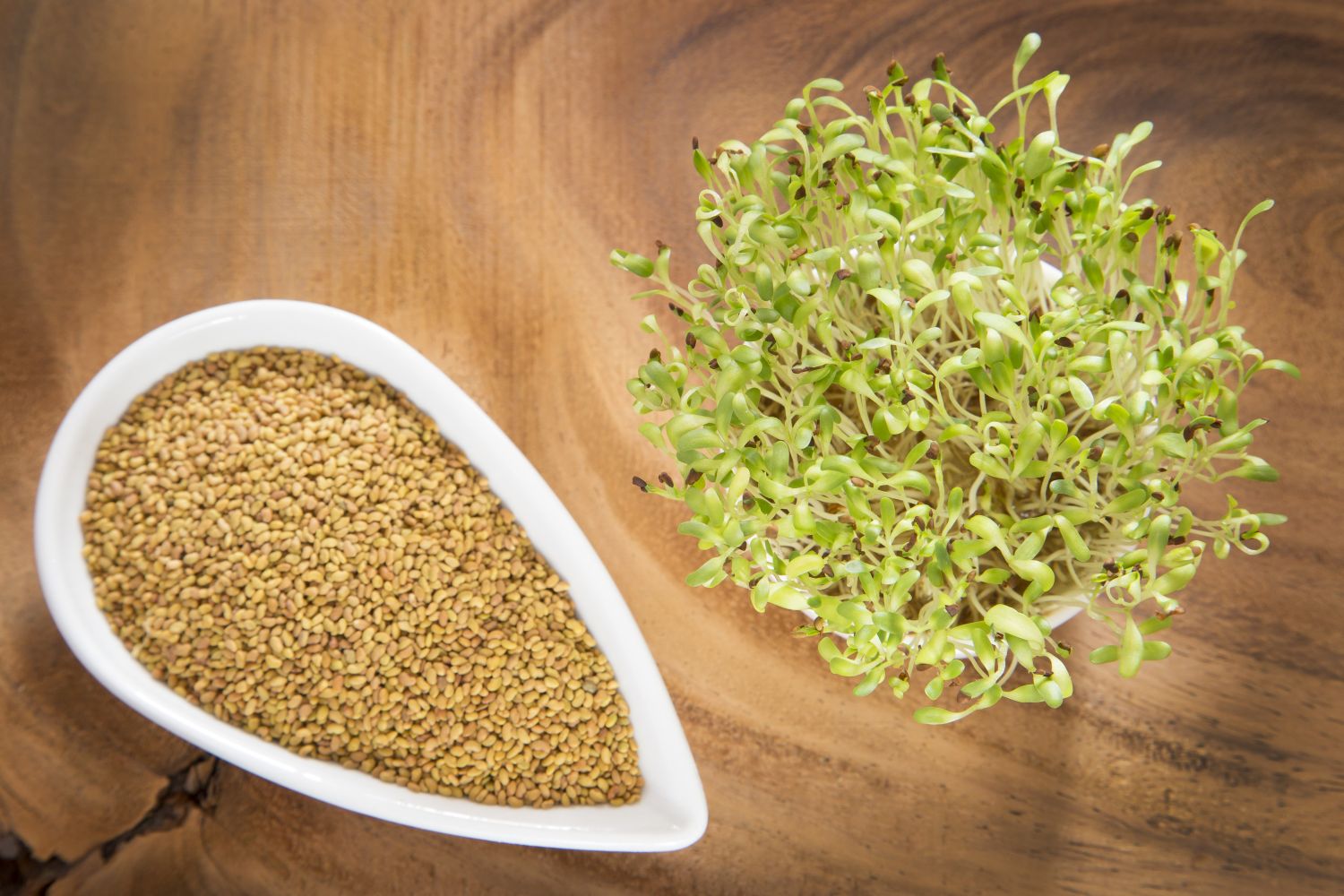
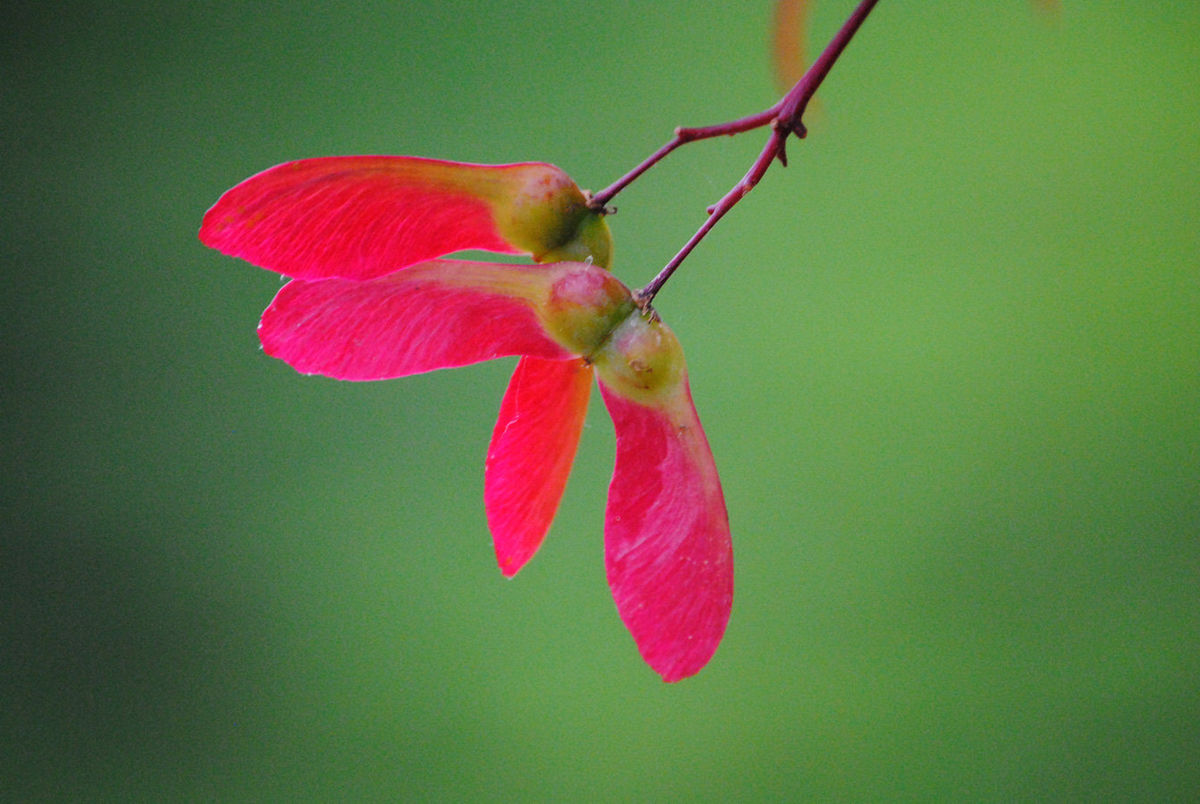
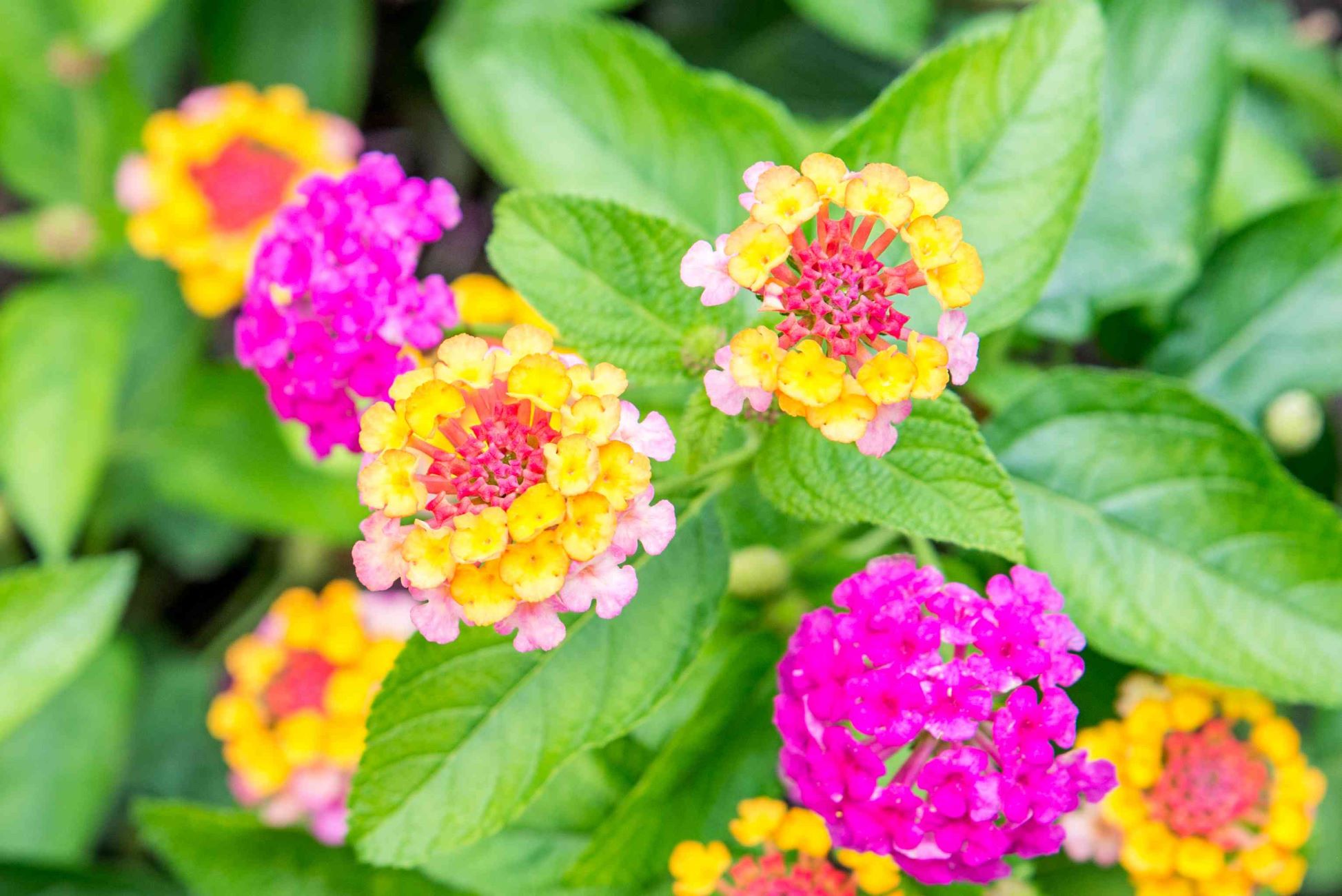
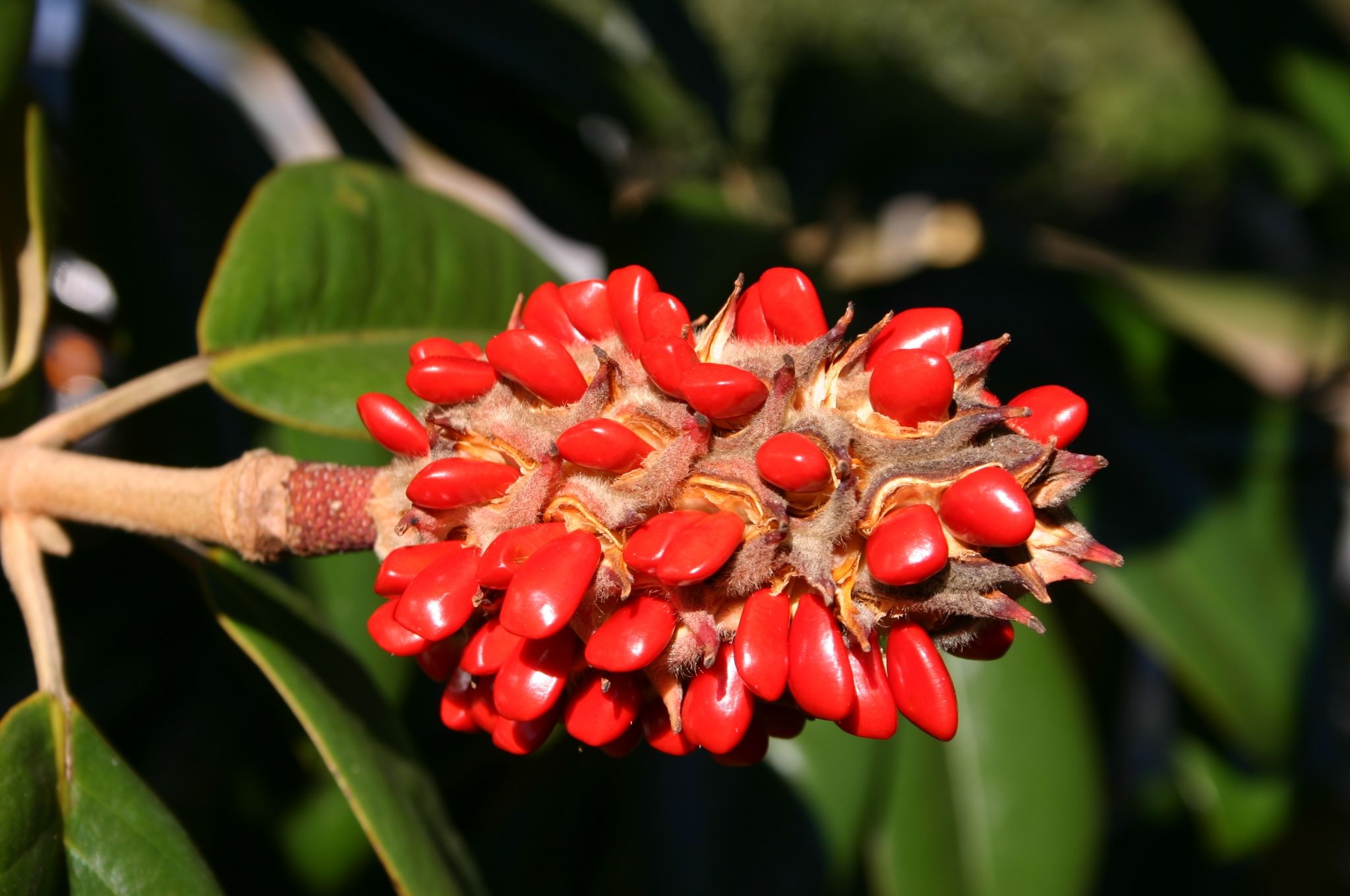
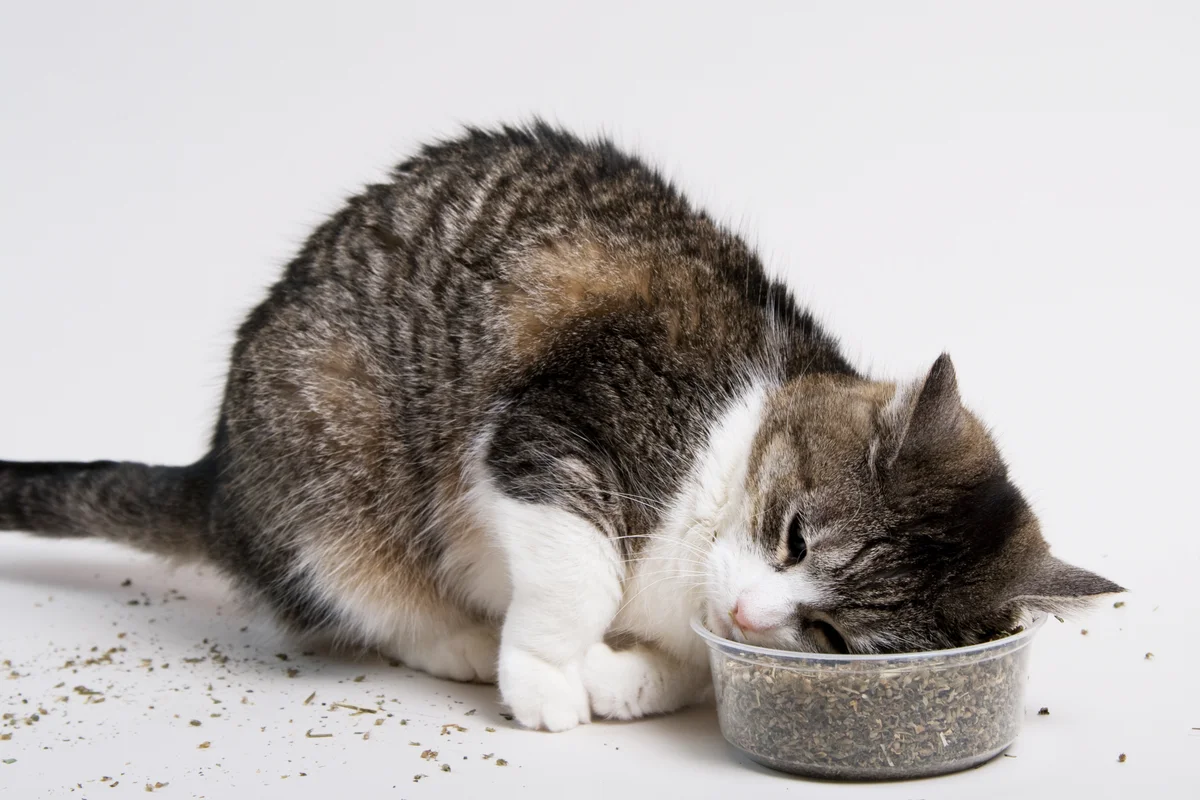
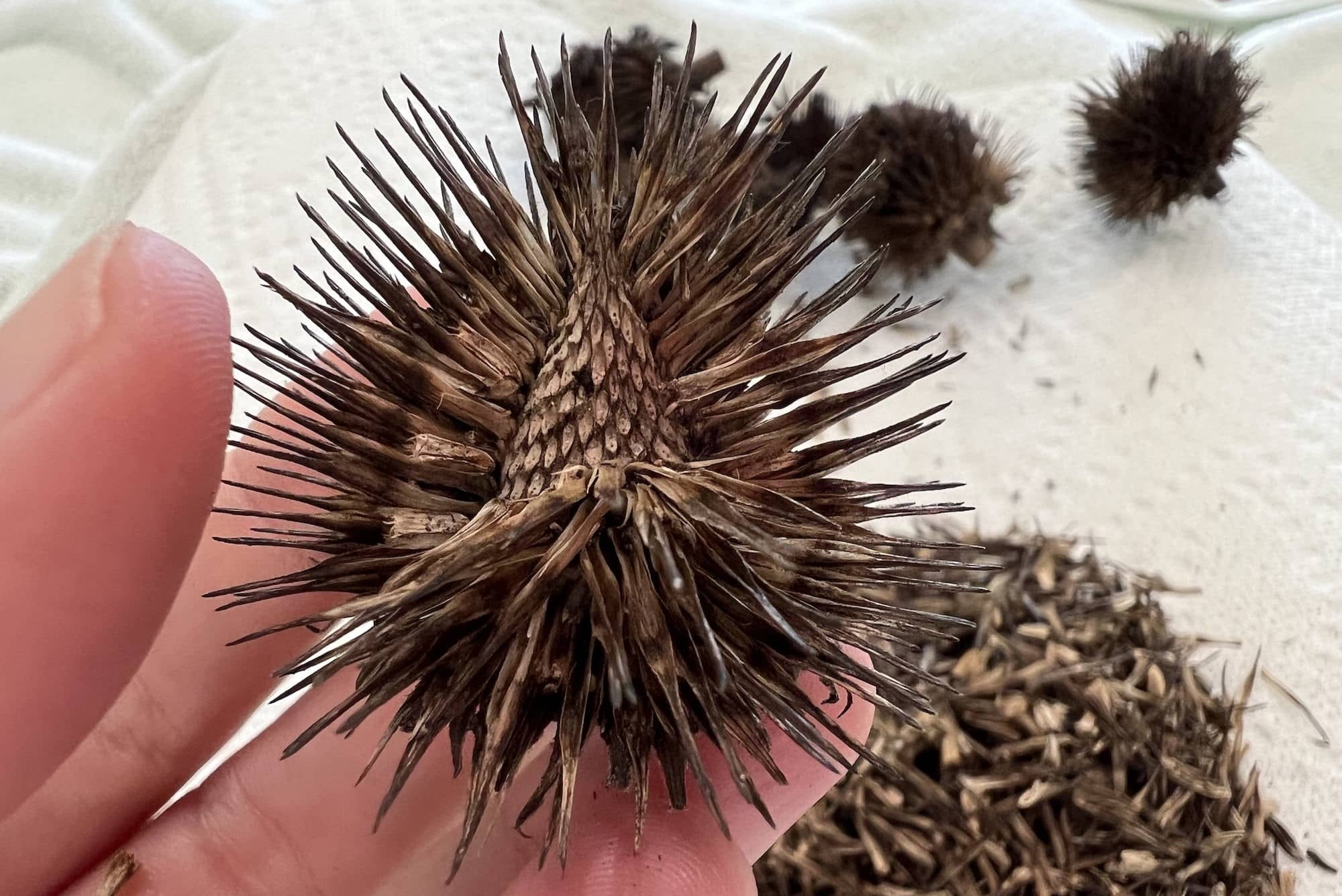
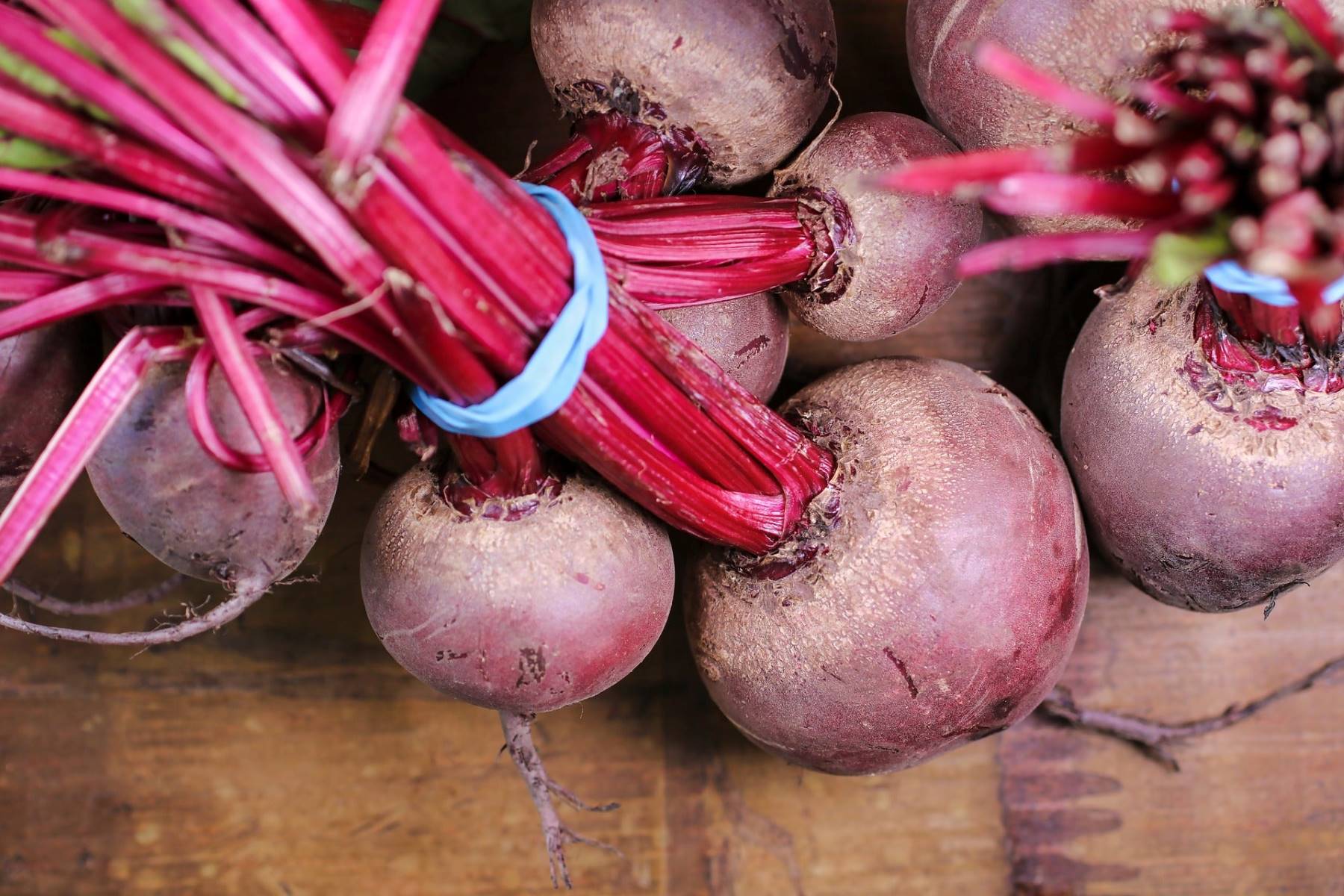
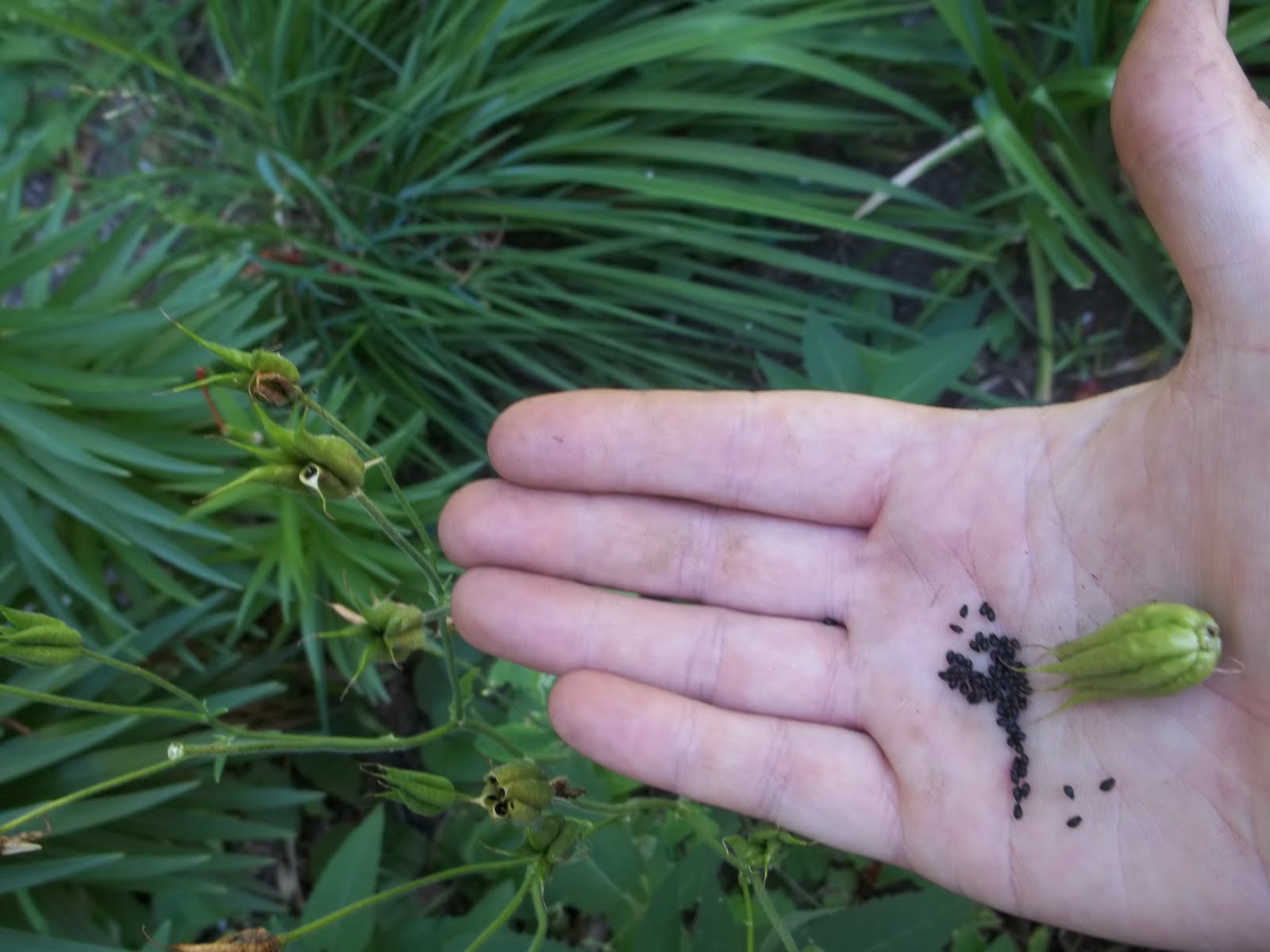
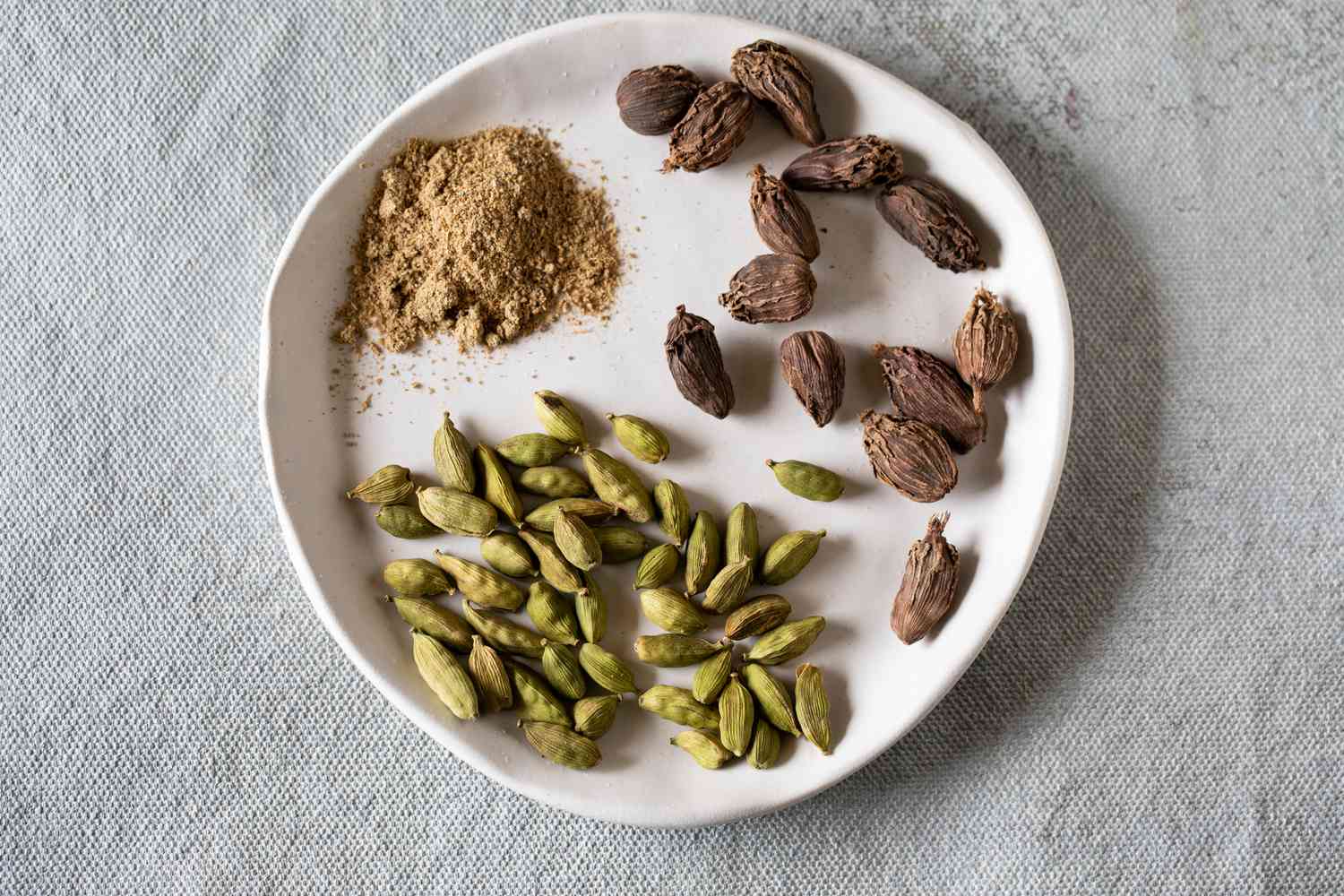
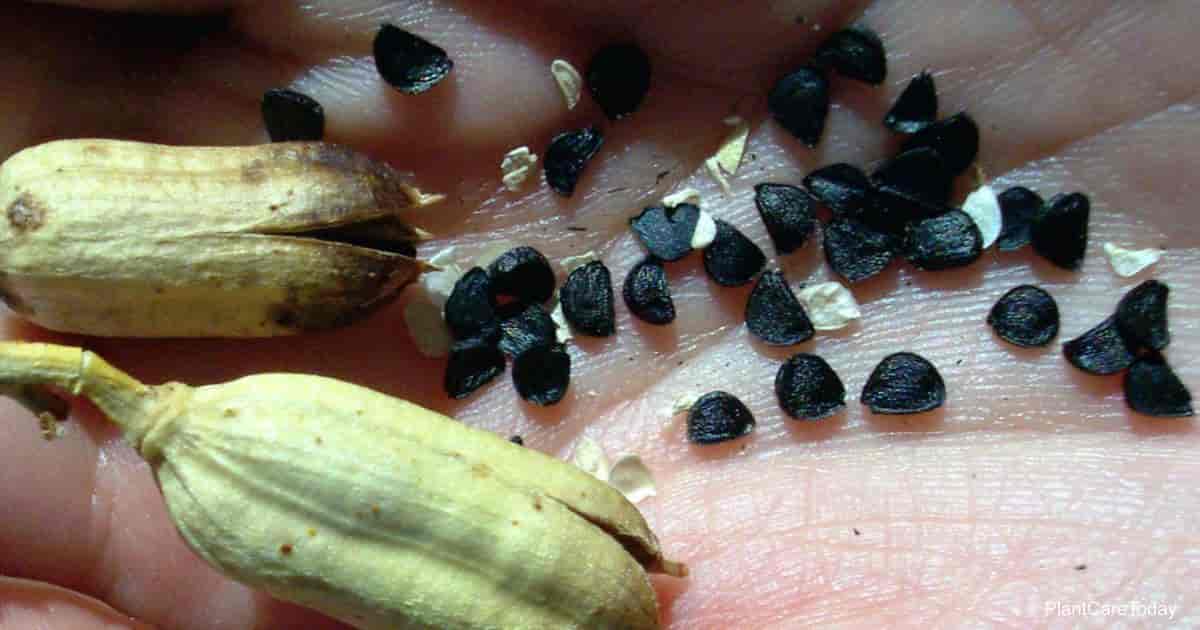
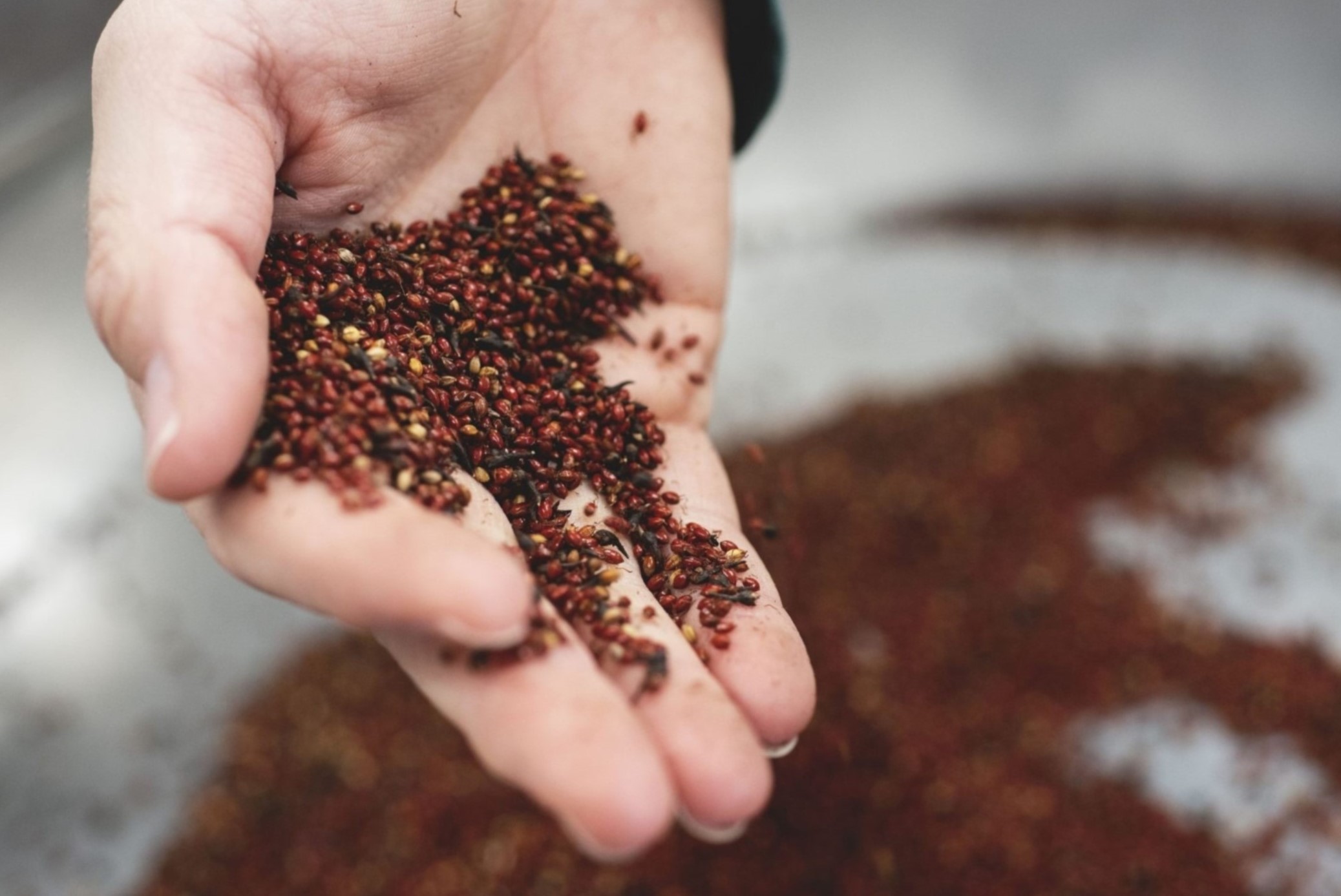
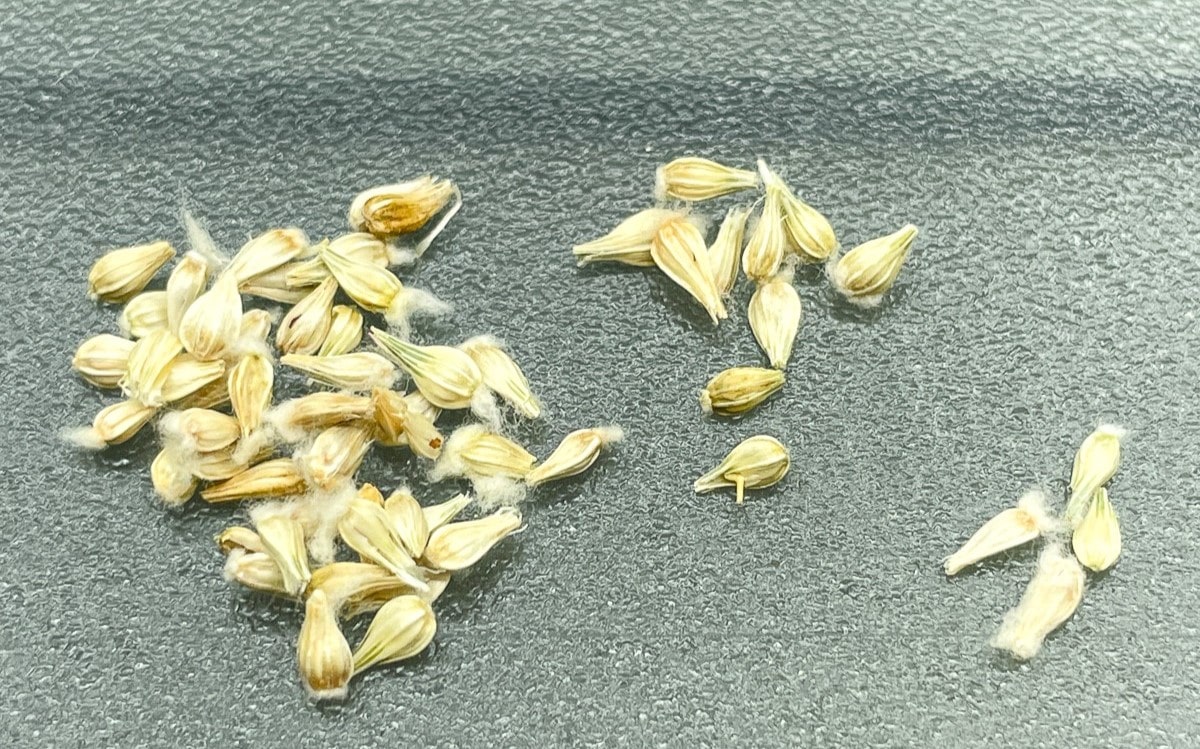
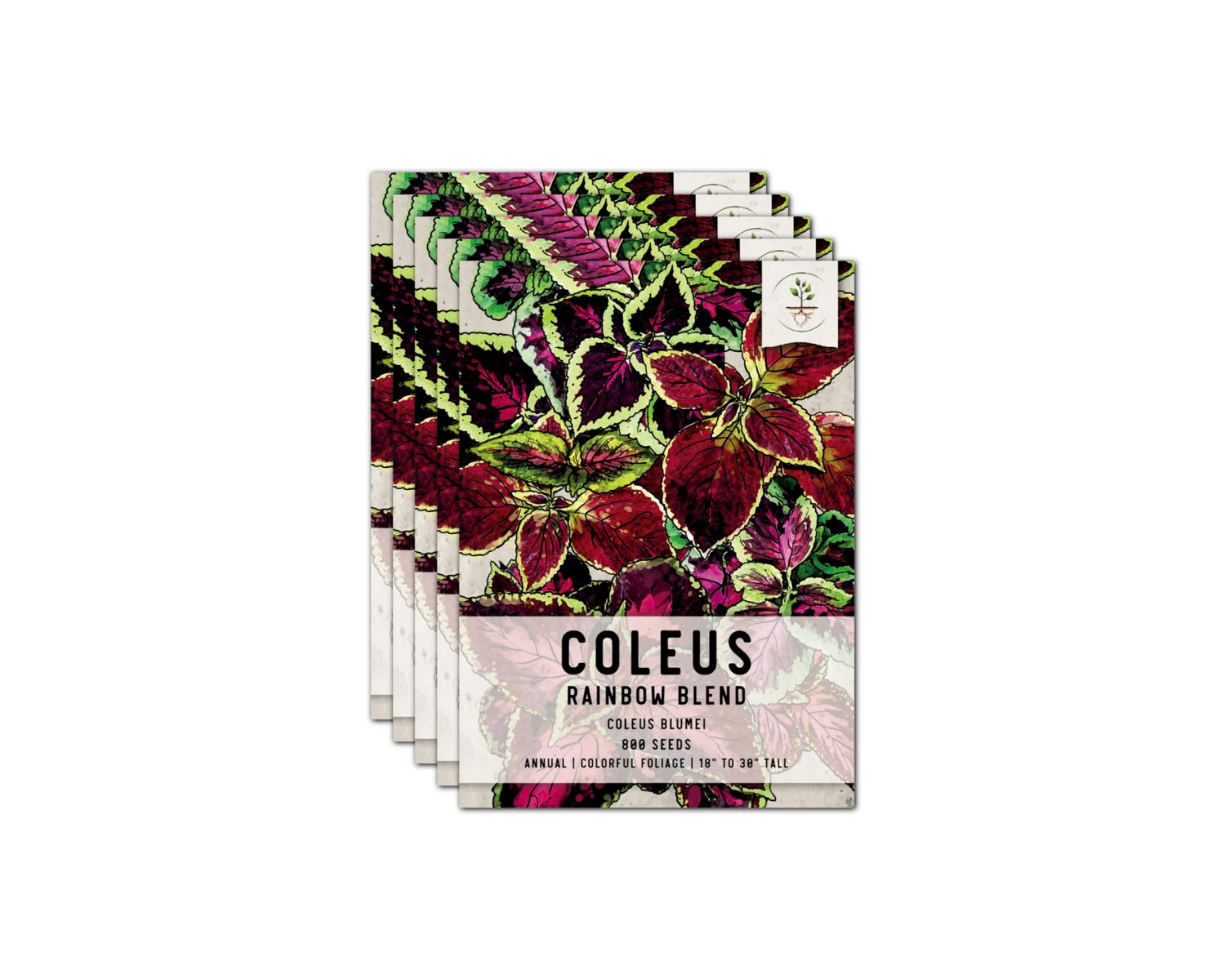
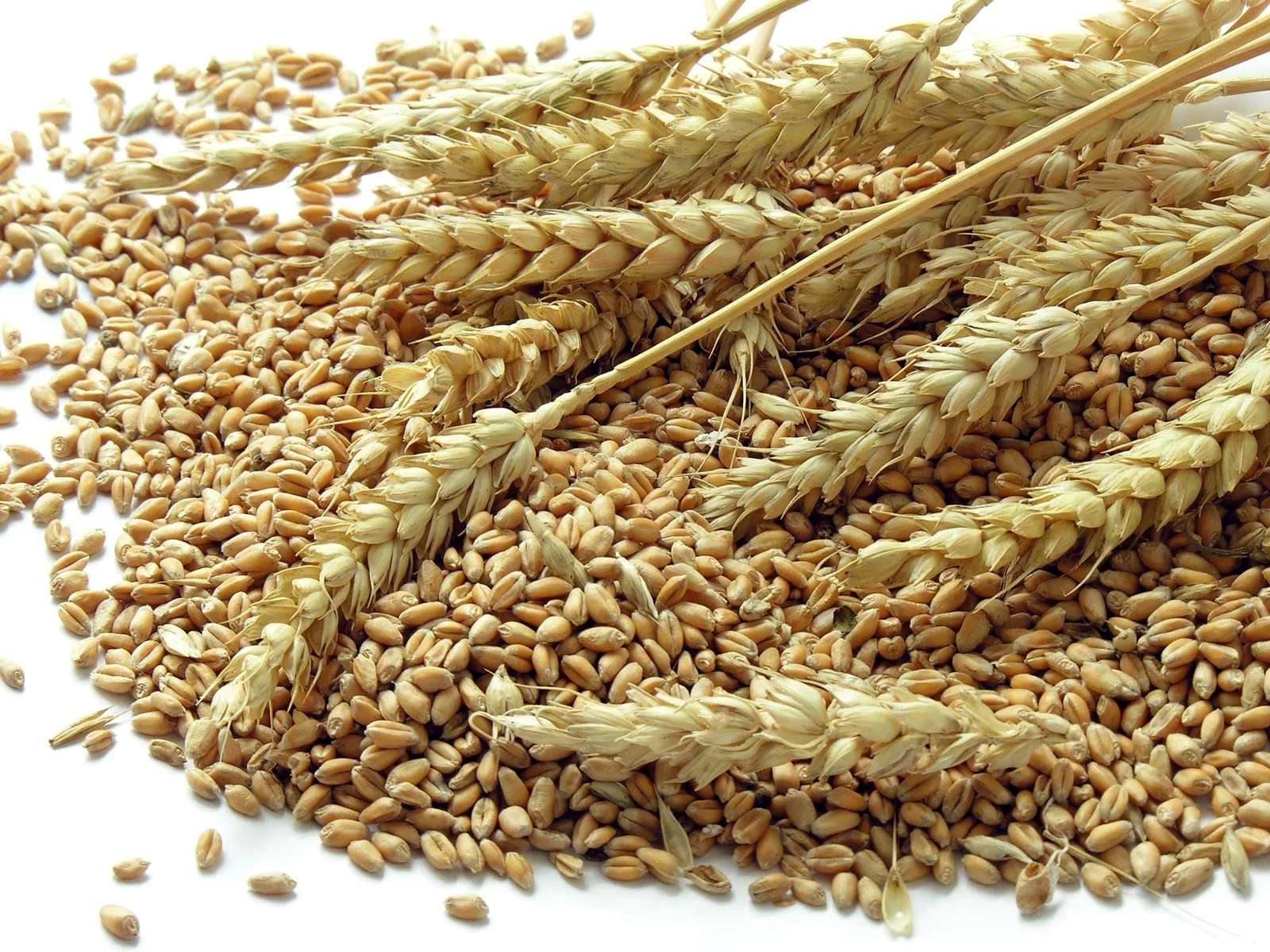

0 thoughts on “What Do Strawflower Seeds Look Like”